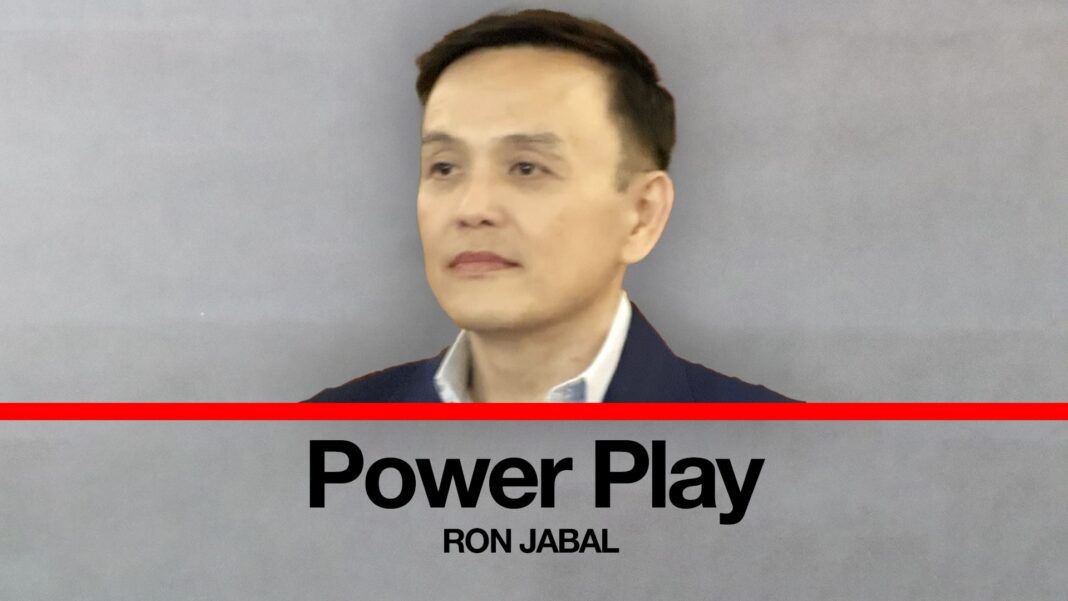When President Ferdinand Marcos Jr. flew to Washington, D.C. for a high-profile meeting with U.S. President Donald Trump, it was sold to the Filipino public as a landmark diplomatic initiative: an opportunity to deepen ties, unlock trade opportunities, and elevate the Philippines’ role in Asia Pacific. But the results, now public, point to a glaring mismatch between the optics and the actual outcomes.
The centerpiece of the trip? A 1% reduction in U.S. tariffs on certain Philippine goods: from 20% to 19%. In exchange, the Philippines agreed to remove tariffs on select American imports entirely. The imbalance is difficult to ignore. While the photo ops and glowing press releases painted a picture of diplomatic success, the hard numbers tell a different story.
One Percent vs. the Region’s Quiet Wins
Compare this outcome to what Indonesia and Vietnam achieved in the same time frame. Both nations, initially facing punitive tariffs of up to 46%, secured significantly lower rates through low-profile negotiations. Indonesia reportedly brought tariffs down to 19% via a single diplomatic call. Vietnam quietly lobbied its way to substantial reductions, leveraging its consistent trade performance and industrial competitiveness.
Neither country dispatched its head of state. Neither country spent political or financial capital on elaborate state visits. Yet both emerged with better or similar deals.
When Symbolism Overpowers Substance
Diplomacy is often performative. But when performance replaces policy, the costs mount quickly. The Marcos administration set high expectations by framing the trip as a potential breakthrough for exporters. But what it secured amounts to diplomatic loose change.
The Philippines gave up something real: zero tariffs on U.S. imports for a negligible return. This raises deeper concerns: Are we using diplomacy to advance national interests or to score media points?
Worse, this move puts Filipino producers in a tighter bind. While the reduction in U.S. tariffs does little to boost competitiveness, local industries now face a wave of cheaper American imports. The very exporters the trip was meant to help may now find themselves undercut by the very markets they’re meant to access.
The Costs of Weak Bargaining
Why such an imbalanced outcome? One answer: lack of leverage. Unlike Indonesia and Vietnam who diversified trade relationships and assertively negotiated, Marcos’ team appears to have walked in with limited cards and little resolve to push back.
The Philippines often assumes its strategic location and defense alignment with the U.S. guarantees economic favor. But the opposite appears true. The military alliance may be strong, but without robust economic arguments and strategic negotiation, that alignment alone won’t yield favorable trade terms.
Diplomacy is about credibility, and in this case, the Philippines appeared eager to please, not to negotiate.
Domestic Fallout: Optics vs. Reality
Back home, the consequences are immediate and multifaceted:
- Economic Impact: A 1% tariff cut barely changes the math for exporters. Meanwhile, zero tariffs on American goods could strain local manufacturing, agriculture, and small industries.
- Credibility Gap: Government spokespersons hailed the trip as “productive” and “historic.” But the more the details unfold, the more they appear to have overpromised and underdelivered.
- Policy Precedent: Accepting such lopsided deals sets a dangerous standard. Other nations may now see the Philippines as a country that trades market access for smiles and soundbites.
The ASEAN Contrast
Within ASEAN, Marcos’ visit feels out of step. Vietnam, for instance, has mastered a formula that blends quiet lobbying, trade compliance, and strategic consistency. Indonesia, despite its political volatility, has proven adept at securing gains through regional partnerships and backchannel diplomacy.
These countries didn’t need photo ops or public relations campaigns. They focused on outcomes and let those speak for themselves.
A Masterclass in Misaligned Messaging
The Marcos administration’s pre-trip narrative painted a picture of economic rescue. That, in hindsight, was a mistake. Raising public expectations without securing real wins invites cynicism. It damages trust. And it creates a credibility gap that future diplomatic efforts must now overcome.
Moreover, the opportunity cost is staggering. The state visit could have been used to launch or deepen conversations on a Free Trade Agreement (FTA), AI cooperation, cybersecurity, or green energy investment, which are areas with long-term value. Instead, the narrative centered around a marginal tariff tweak dressed as a breakthrough.
Reputation: What Leaders Carry
Leaders are more than officeholders; they are brands. And like any brand, consistency and credibility matter.
PBBM had a chance to present himself as a strategic, forward-thinking statesman. But instead of reshaping the narrative, the trip reinforced an image of performative diplomacy: heavy on the ceremony, light on results.
This carries risks:
- Global partners may see the Philippines as optics-first, policy-second.
- Domestic observers grow weary of being told symbolic wins are “transformational.”
- Future negotiations become harder if our word is viewed as more PR than principle.
The need to Recalibrate and Refocus
If there’s any silver lining, it’s this: the public reaction offers a chance to recalibrate.
- Don’t oversell marginal wins. Set expectations based on likely outcomes. Underpromise, overdeliver.
- Empower technical negotiators. Trade is complex. Political emissaries must be backed by experts who understand the granular details.
- Leverage ASEAN coalitions. Regional blocks wield more power than individual players. The Philippines should maximize this leverage.
- Be transparent. If a trip is about relationship-building, say so. But don’t package small concessions as major achievements.
- Invest in behind-the-scenes diplomacy. True trade gains happen in boardrooms and back channels, not on balconies with waving flags.
Final Word: The Cost of Being Unprepared
This was not just a diplomatic trip. It was a test of statecraft. And it exposed serious gaps in how the Philippines prepares, negotiates, and communicates its global engagements.
We cannot afford to keep confusing visibility for value or ceremony for substance. The world is watching, and so are Filipino producers, exporters, taxpayers, and workers who deserve better than 1% crumbs dressed up as a feast.
In diplomacy, as in business, you are only as strong as what you negotiate. This time, the Philippines came home with less than it gave away. That’s not leadership. That’s settling.


